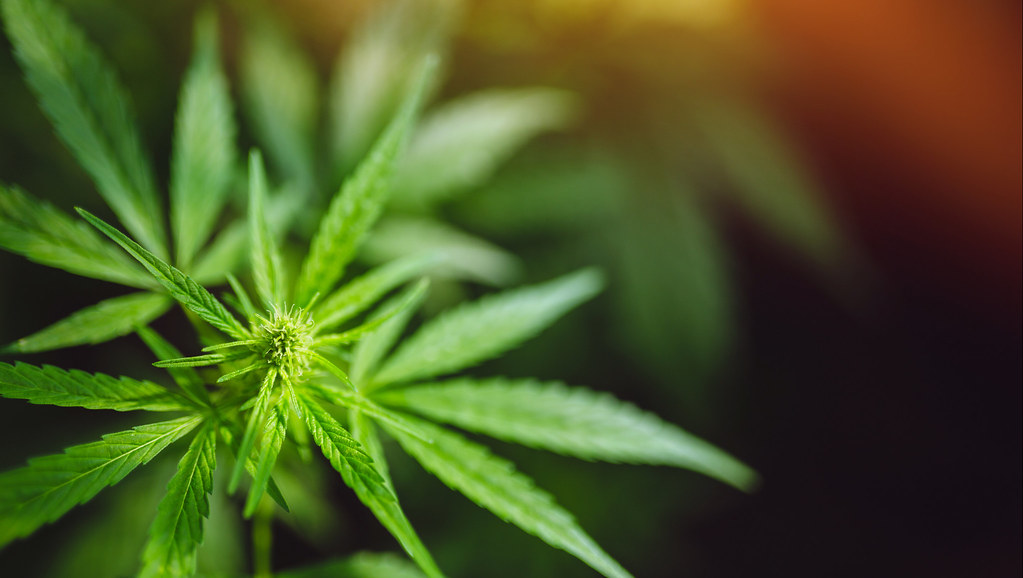New findings suggest that introducing ‘standard units’ for cannabis could improve people’s mental health.
Despite widespread use of the drug around the world and increasing moves to legalise its sale for recreational consumption, standard units – which have been commonplace for alcohol for many years – have never been adopted in health guidelines for cannabis.
The researchers, from the Addiction and Mental Health Group at the University of Bath with collaborators from King’s College London, UCL and the Australian Catholic University in Melbourne, suggest that more needs to be done to make users aware of the dose of ‘THC’ – the drug’s main psychoactive component.
Previous research from the team at the end of 2018 highlighted how concentrations of THC in cannabis doubled across Europe over the past decade. By combining this with new research published today (Sunday 13 October) in the journal Addiction, they suggest a unit level should be set at 5mg of THC.
The authors show that in countries where cannabis is legally sold, such as Canada, the number of standard units a product contains could be easily added to existing labels on product packaging.
However introducing such a system could have knock-on positive benefits for countries where cannabis is illegal, such as the UK as well. The authors suggest that an agreed international system could provide a practical guideline for consumers and doctors.
The publication coincides with a second study from the team, also published today in the journal Psychological Medicine which examined the relationship between using various cannabis products and key health outcomes in over 55,000 people across 175 countries.
Using the Global Drug Survey, consumers were asked about the types of cannabis products they used as well as the severity of problems relating to cannabis use including on their mental health. The results showed that people varied widely in the combination of different cannabis products they used, and that these were strongly associated with particular health outcomes. For example, those who typically used higher THC forms of cannabis such as ‘sinsemilla’ and/or ‘hashish’ experienced more severe problems than those using traditional herbal products with lower levels of THC.
Due to differences between the types of cannabis sold in legal and illegal markets, the authors have commissioned a team of experts who are meeting next week in Lisbon to develop a standardised tool for assessing cannabis use in international settings, funded by the Society for the Study of Addiction.
Lead author of the Psychological Medicine Study Sam Craft from King’s College London said: “Our findings add to a growing body of evidence that suggests the health effects of cannabis are dose-related. These risks though might be modifiable and we believe that the introduction of a unit system would help both users and healthcare professionals by providing clearer information on the types of cannabis products they consume and their strength.”
Senior author Dr Tom Freeman from the University of Bath's Department of Psychology said: “Our findings highlight the need to develop an evidence-based framework to help people use cannabis more safely. The current lack of information increases the risk of harm to the consumer.
“Of course the safest level of use for cannabis is ‘no use’. Yet, we know that many people across the world regularly consume cannabis so we need to consider how we can better support them in making informed choices and to minimise potential health risks such as addiction or psychosis.
“Where the unit system for alcohol has helped consumers to better manage their alcohol intake, so too do we think this could have important implications for cannabis users. This should clear guidance about the dose of THC people are consuming.
“Our hope is that the introduction of a system in locations where it is legalised will have knock-on effects to countries where it is not , providing both users and clinicians an important toolkit to guide safer use.”
To access the latest studies see:
Read the story, exclusively covered by The Guardian.

